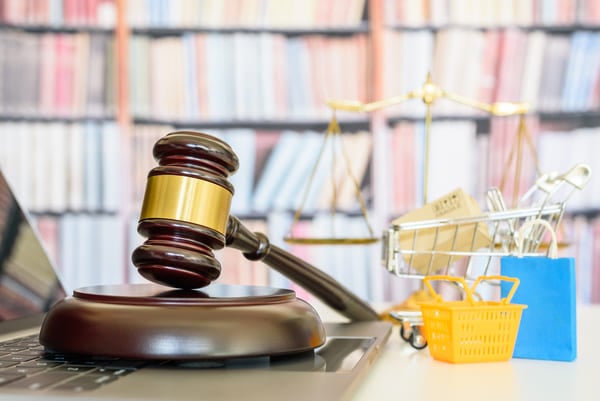An Experienced E-Commerce And Internet Law Attorney
Getting your e-commerce business off the ground? Need someone to help you understand the legal side of your business? Contact Andrew M. Jaffe, Attorney at Law, today and receive a response within 24 hours.
Nowhere in the world is too far. I help any businesses working with E-Commerce within the United States no matter where in the world they are located.

E-Commerce Law

Privacy Policies for Your Website

Terms of Service for Your Website

Social Media Law

The FTC & The Internet
E-Commerce Law
Privacy Policies for Your Website
Terms of Service for Your Website
Social Media Law
The FTC & The Internet
Why You Want An Attorney To Help You With Your E-Commerce
Here at Andrew M. Jaffe, Attorney at Law, I ensure that you are meeting all legal requirements regarding e-commerce. As an attorney, I provide specialized legal assistance in online business, helping to ensure compliance with various laws, drafting enforceable agreements and protecting your intellectual property. I can assist you with risk management and offer creative solutions to your problems. Elevate your e-commerce enterprise with my trusted guidance, enabling you to devote your energies to business growth and innovation.
An Attorney Who Respects Your Time
The number one complaint I hear from clients is that their lawyer isn’t communicative enough with them. I pride myself on being the opposite. I try to get responses to my clients within 24 hours and keep them informed. Many of my clients come to me because they need help with setting up their e-commerce website, so I understand how important it is to have a lawyer who can get you a quick response. Website development waits for no one, and I don’t want you to have to wait for me.

Andrew M. Jaffe
Ensure Your E-Commerce Situation Meets Your Local Laws
You don’t want to get sued, and you don’t want to get in legal trouble because you didn’t follow the right steps with your e-commerce platform. Let a lawyer make sure that you aren’t in danger of either of those things.
Contact Andrew M. Jaffe, Attorney at Law, today so I can provide you the legal assistance you need. To learn more about what I can do for you, call me now at 855-445-5586 or fill out my online contact form.
Hear It From Real Clients!
A very capable U.S. attorney, handles difficult problems with finesse and I found him to be personable and very easy to work with.
– Bruce, a Media client
Mr. Jaffe understands internet related issues unlike any attorney I’ve ever dealt with.
– Drew, a Lawsuits & Disputes client
Brilliant and talented lawyer – great service!
– Lindsey, an Internet client






